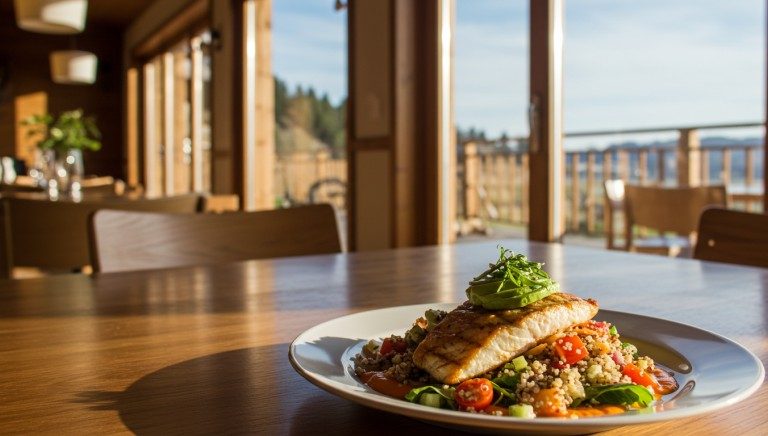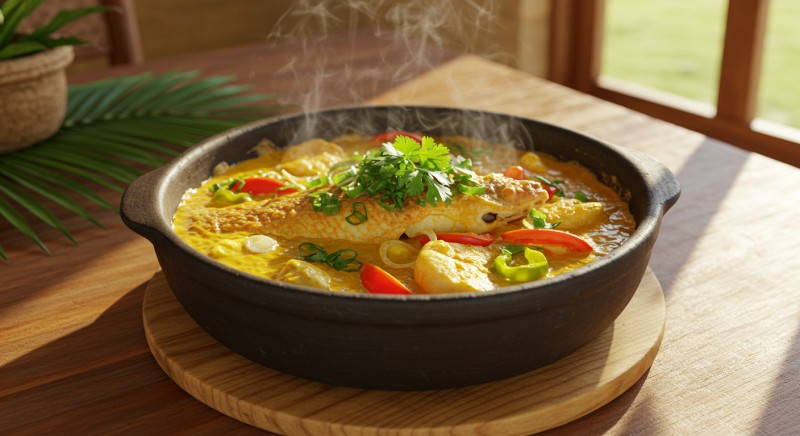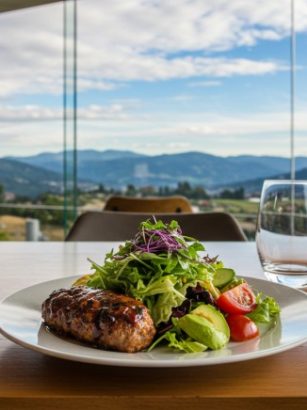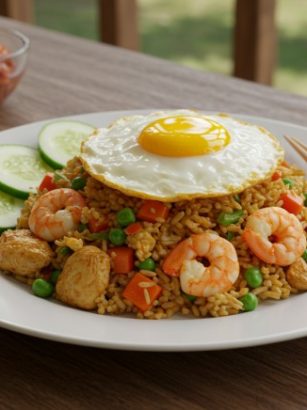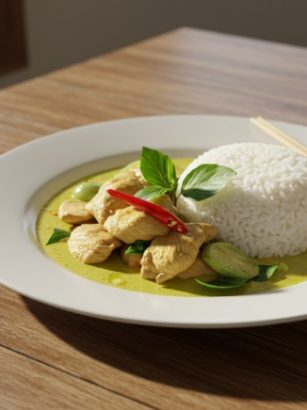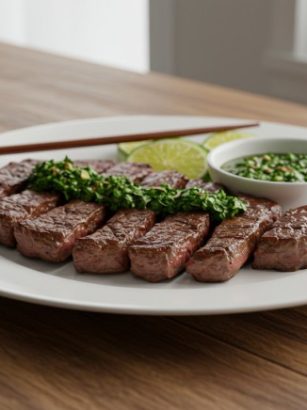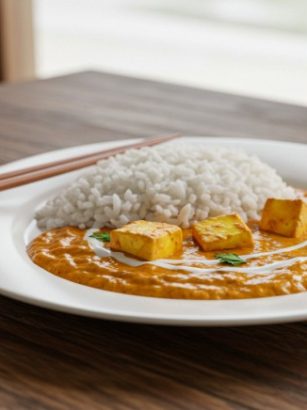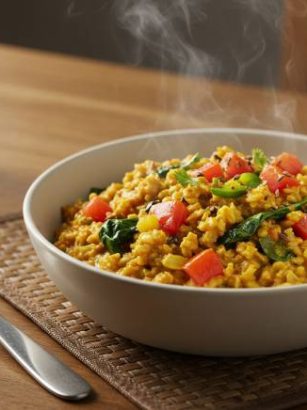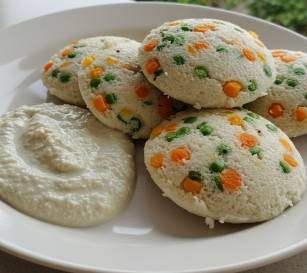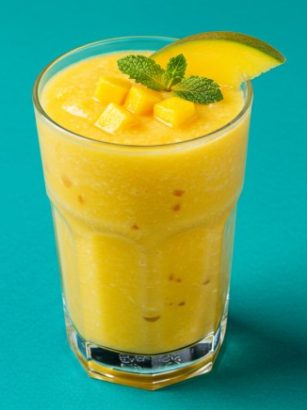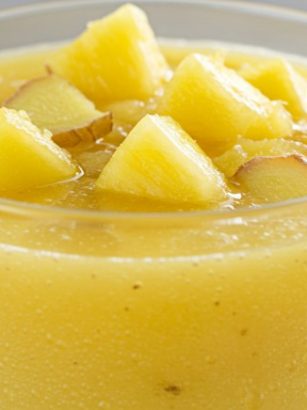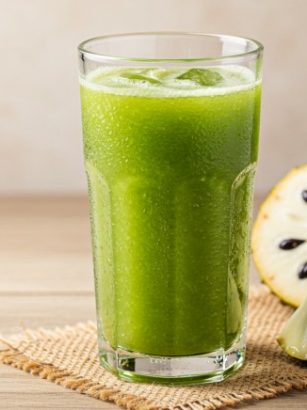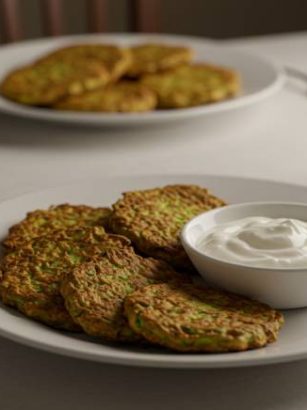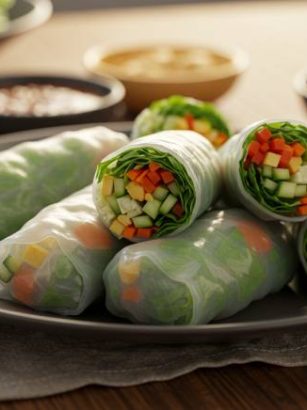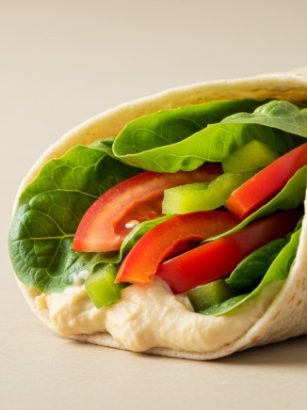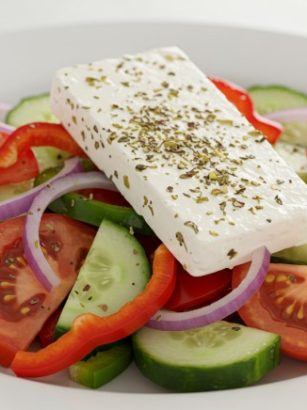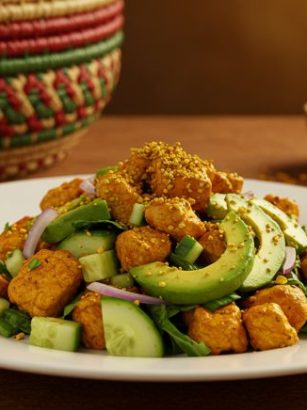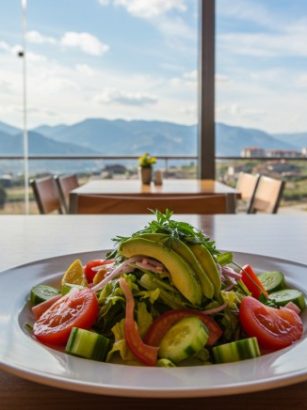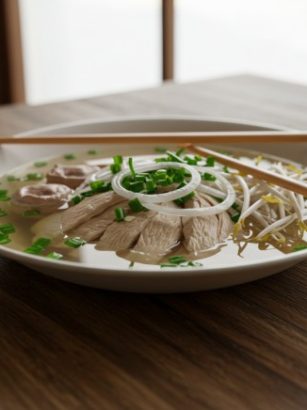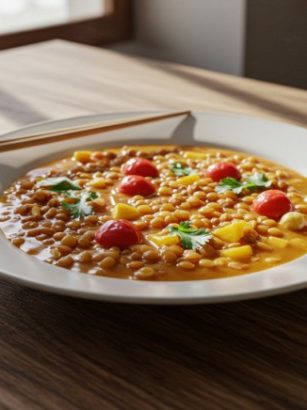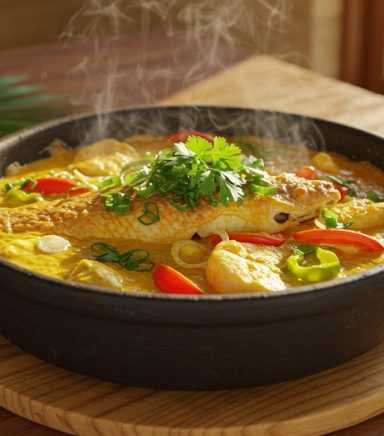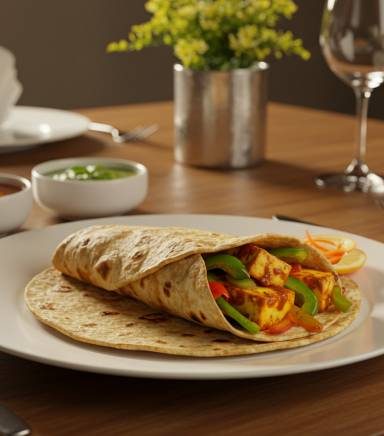Japanese Miso Salmon is highly rich in ingredients with its unique tastes.
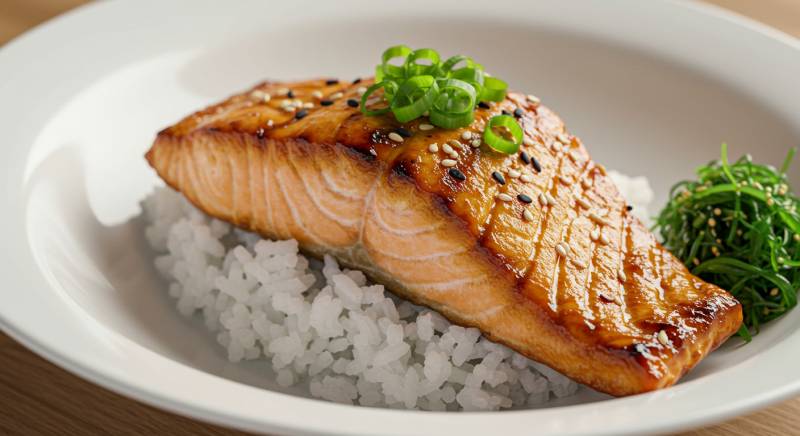
Prep Time: 15 mins
Cook Time: 20 mins
Total Time: 35 mins
Course: Main
Cuisine: Japanese
Servings: 4
Calories: 320/serving
Materials:
Baking sheet, foil
Ingredients:
4 salmon fillets
3 tbsp white miso paste
1 tbsp honey
1 tbsp soy sauce
1 tbsp rice vinegar
1 tsp grated ginger
Sesame seeds (garnish)
Method:
Mix miso, honey, soy sauce, vinegar, and ginger. Marinate salmon for 10 mins.
Bake at 375°F (190°C) for 15–20 mins. Garnish with sesame seeds.
Servings:
Japanese Miso Salmon is a rich, umami-packed dish with a perfect balance of salty, sweet, and savory flavors. Pairing it with sides that complement its bold taste and provide a balance of textures will enhance the meal. Here are some perfect accompaniments:
Classic Japanese Pairings:
Steamed Rice (Gohan) – Simple, white rice that soaks up the miso glaze and provides a neutral base for the salmon.
Pickled Vegetables (Tsukemono) – Tangy, slightly sweet, and sour pickles (such as daikon, cucumber, or cabbage) that contrast beautifully with the rich miso salmon.
Miso Soup – A light, flavorful soup with tofu, seaweed, and miso paste, complementing the flavors of the salmon.
Edamame – Lightly salted, steamed young soybeans that offer a fresh, savory contrast.
Japanese Potato Salad (Nippon Salad) – Creamy potato salad with a mild flavor, often featuring cucumber and carrots, offering a softer texture.
Vegetable-Based Sides:
Japanese Grilled Asparagus – Grilled asparagus drizzled with a soy-based sauce or sesame oil for a flavorful, crunchy side.
Sauteed Spinach with Sesame (Goma-ae) – Blanched spinach dressed with a sweet sesame dressing, adding a nutty flavor.
Japanese Cucumber Salad (Sunomono) – Crisp cucumber slices in a vinegar-based dressing, lightly sweetened and refreshing.
Shishito Peppers – Lightly grilled or sautéed shishito peppers with a touch of salt, adding a savory and mild heat to balance the salmon.
Nasu Dengaku (Miso-glazed Eggplant) – Grilled eggplant topped with a miso glaze, offering a smoky, savory flavor.
Hearty & Flavorful Additions:
Tempura Vegetables or Shrimp – Lightly battered and fried vegetables or shrimp, crispy and savory, to add a delightful crunch.
Tamagoyaki (Japanese Rolled Omelet) – A slightly sweet, savory omelet served in slices, adding a soft texture to the meal.
Yakimeshi (Japanese Fried Rice) – Flavorful fried rice with vegetables, egg, and soy sauce, a hearty complement to the salmon.
Grilled Teriyaki Chicken – Slightly sweet and savory chicken with a charred flavor, adding a protein option that pairs well with miso.
Udon Noodles – Thick, chewy noodles served hot or cold with a simple soy-based broth or sesame dressing for a refreshing contrast.
Refreshing Drinks to Pair:
Sapporo or Asahi Beer – Light, crisp, and refreshing, these Japanese beers provide a nice balance to the richness of the salmon.
Green Tea (Sencha or Matcha) – A slightly bitter, refreshing tea that pairs well with the umami-rich flavors of the salmon.
Japanese Plum Wine (Umeshu) – A sweet, fruity wine with a smooth finish that complements the salty miso glaze.
Description
Japanese Miso Salmon is a simple yet flavorful dish where fresh salmon fillets are marinated in a savory, umami-packed miso glaze and then baked or grilled to perfection. The dish brings together the rich flavors of miso paste, soy sauce, sesame oil, and honey, resulting in a slightly sweet and savory coating on the salmon.
The Marinade:
The salmon is marinated in a mixture of white or red miso paste, soy sauce, sesame oil, rice vinegar, and honey or mirin. The miso adds depth and umami, while honey or mirin balances it with a subtle sweetness.
Cooking Method:
The salmon is marinated for 15–30 minutes, allowing the flavors to infuse, then it’s either baked or grilled. Baking helps keep the salmon moist and tender, while grilling adds a smoky depth.
Serving Style:
This dish is often served with steamed rice and vegetables, such as sautéed spinach or a fresh cucumber salad, making it a complete meal.
Benefits
This dish is not only delicious but also comes with several health benefits:
Rich in Omega-3 Fatty Acids:
Salmon is an excellent source of omega-3 fatty acids, which are essential for heart health, brain function, and reducing inflammation.
High in Protein:
Salmon is a high-quality source of protein, supporting muscle growth, repair, and overall body function.
Packed with Nutrients:
The dish provides essential vitamins and minerals, including vitamin D, B vitamins, and selenium, which support immune function, energy production, and skin health.
Low in Carbs & Gluten-Free:
This dish is naturally low-carb and gluten-free, making it suitable for various dietary preferences.
Boosts Metabolism:
The miso paste and soy sauce in the marinade are rich in fermented ingredients, which are beneficial for digestion and gut health.
Frequently Asked Questions (FAQ)
Q1: Can I use a different fish instead of salmon?
A: Yes! You can substitute salmon with other firm fish such as cod, trout, or halibut. However, salmon’s rich fat content makes it the best match for this recipe.
Q2: How long should I marinate the salmon?
A: Marinate the salmon for 15–30 minutes. For a stronger flavor, you can marinate it longer (up to 2 hours), but avoid marinating too long as the miso can overpower the fish.
Q3: Can I make this dish without miso paste?
A: While miso paste is the key flavor in this dish, you can try substituting it with a mixture of soy sauce, tahini (or peanut butter), and a bit of vinegar to create a similar savory-sweet sauce.
Q4: Can I grill Japanese Miso Salmon instead of baking it?
A: Yes! Grilling gives the salmon a lovely smoky flavor and crispy edges. Just be sure to cook it over medium heat to avoid drying it out.
Q5: How do I know when the salmon is done cooking?
A: The salmon is done when it reaches an internal temperature of 145°F (63°C) and flakes easily with a fork. The flesh should be opaque and moist.
Q6: Can I make this dish in advance?
A: Yes! You can marinate the salmon and refrigerate it for a few hours or overnight before cooking. You can also prepare the sauce in advance and store it in the fridge.
Q7: What can I serve with Japanese Miso Salmon?
Rice: Serve with steamed white rice or brown rice for a fulfilling meal.
Vegetables: Pair with sautéed or steamed vegetables like bok choy, spinach, or broccoli.
Salads: A light cucumber salad or seaweed salad complements the dish well.
Main Dish
Breakfast Recipe
Drinks Recipe
Side dish Recipe
Salad Recipes
Soup Recipes
For more informations, visit our official YouTube channel , Facebook , LinkedIn , Pinterest , Instagram.


